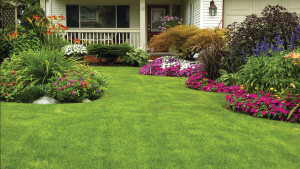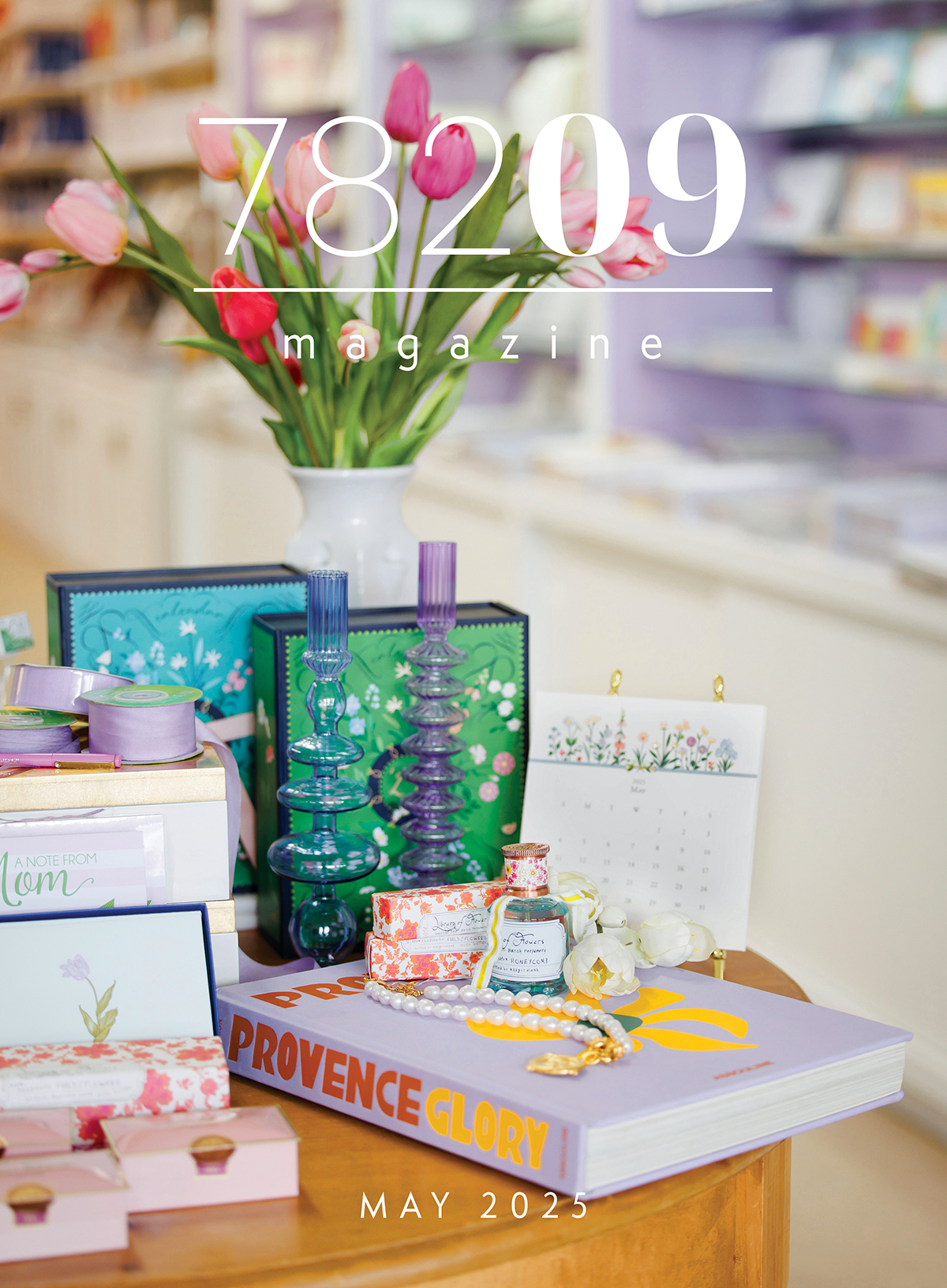
Whether you are a beginner with potted plants and hanging baskets or an avid master
gardener with a breathtaking landscape of Texas-hardy plants, there’s always room to grow. Our landscape and garden experts — Roberta Churchin from Shades of Green, Joey Ortiz from Schulz Nursery and landscape architect Matt Stevens — weigh in on tips/strategies to make your spring gardening experience a breeze.
NO SPRING FEVER
“Spring is an ideal time to plant and refresh your landscape before the summer sun intensifies,” explains landscape architect Stevens. “New plantings have a high success rate at this time of the year.” Before you pick out any plants or decide yes or no to veggies, you might want to think about what works best for your area. “Many people have spring fever,” says Ortiz of Schulz Nursery. “They might choose to plant something now without thinking it might sustain a little damage from being planted too soon or not in the right season.”
When you are in the planting and design phase, it’s important to think about future growth rather than just the size the plants are now. Also, knowing the soil you have is important so you can mix the right material compost and fertilize correctly. “Consider bed preparation,” explains Stevens. “Many homeowners get overeager and want to start planting to see the colorful blooms right away, but eliminating weeds that have sprung up is a must. Adding a new topsoil if needed and remulching, over weed control fabric, can prevent the recurrence of pesky weeds.”
COLOR AND CONTAIN
“Plant colors,” suggests Churchin of Shades of Green. “Planting lots of annuals and hanging baskets to show all the foliage and blooms will add a colorful touch, and perennials like lantana will bloom until next year.” Spring is the perfect time to incorporate color with lush greenery. “Annuals such as petunias and begonias have great color,” says Stevens. “Keep in mind which varieties do well in either shade or full sun, depending on your landscape layout. Wax begonias and zinnias do well in the full sun, as does blue salvia.” Churchin agrees that “sun-loving things go in sunny areas, and vice versa.”
If large flower beds and gardens aren’t your cup of tea, consider a container garden. “An inexpensive touch of color is easily gained with a container garden,” explains Stevens. “After obtaining pottery of choice, a mix of colorful succulents should do well through the spring and summer sun. These should be watered fairly frequently – or the homeowner can have drip irrigation installed for self-watering. Some types of containers can easily be turned into small water features, as well.”
IT’S A BUG’S LIFE
Nature is filled with “good bugs” whose main diet consists of the pests that ravage garden plants. Choosing nectar and pollen-rich plants like wildflowers will attract the insects that gardeners love to see buzzing around. “Planting for the hummingbirds and butterflies is definitely a must when planting during the spring,” says Churchin. Many chemical sprays are harmful and not effective. “Organic solutions are best,” says Ortiz. “You can pick plants that are resistant to insects.” Over the long term, the beneficial bugs can be safer and more effective than chemicals. When choosing plants for color and texture, also take into account the small critters that come along with them.
By Kristin Mears





